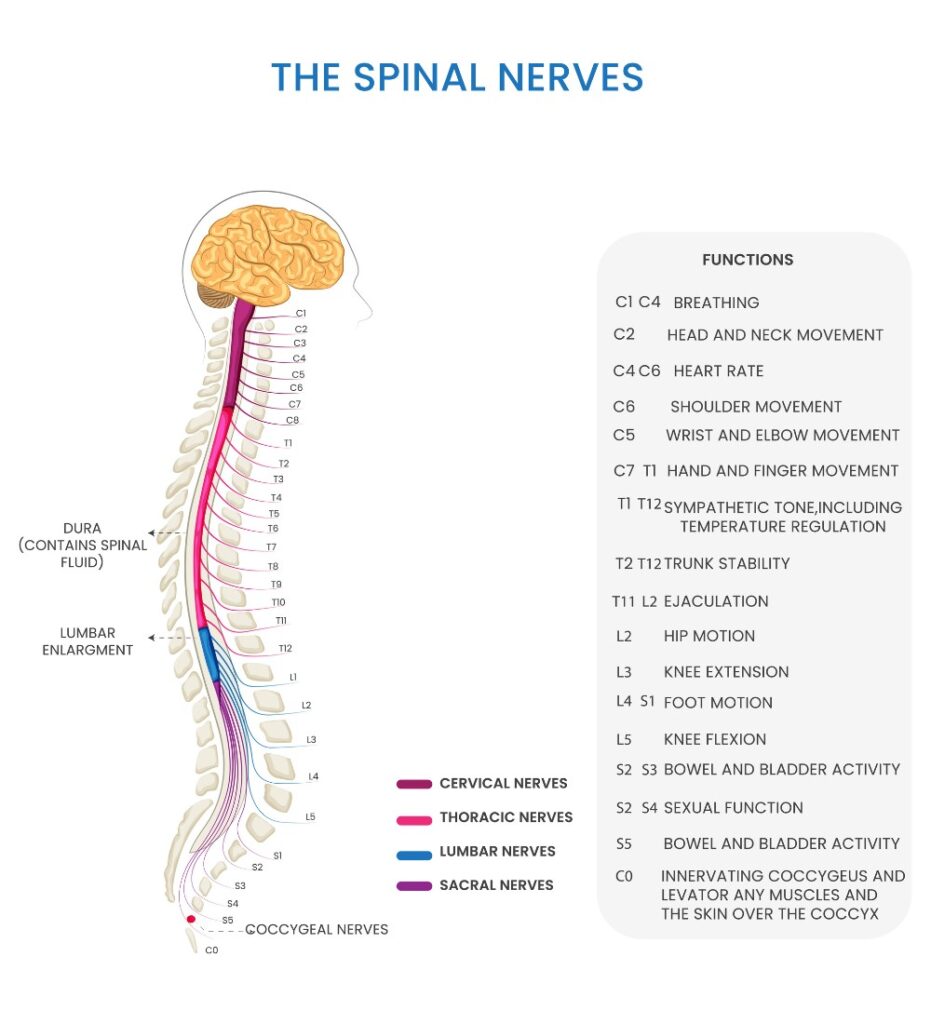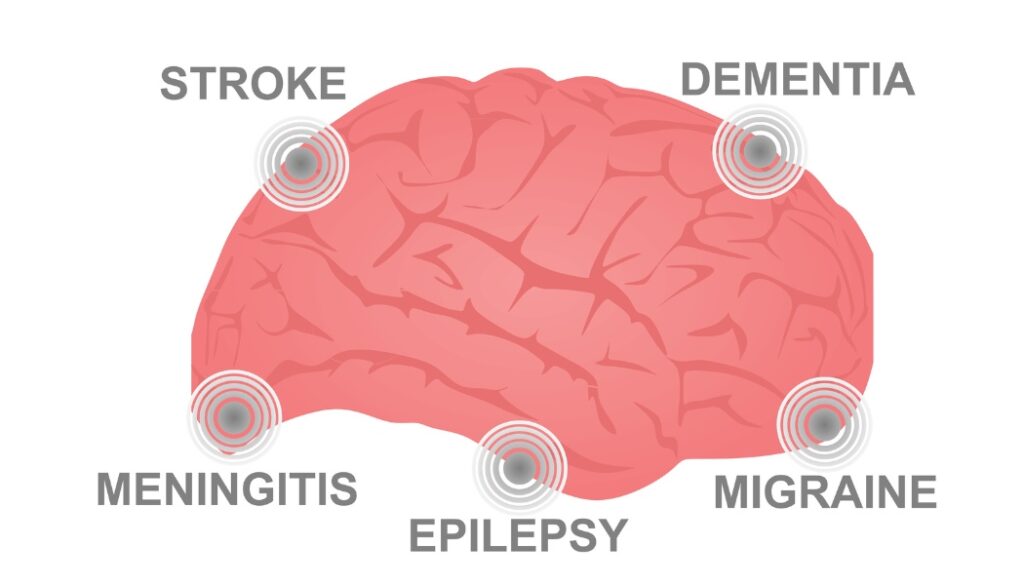Revitalize Your Neurological Health with Stem Cell Therapy
An advanced treatment that enhances cognitive function and stabilizes neurotransmitters
- Improves memory and mental clarity, helping you stay sharp and focused.
- Supports nerve regeneration, promoting recovery from neurological damage.
- Reduces inflammation, offering relief from chronic neurological conditions.

What is the Central Nervous System?
The Central Nervous System (CNS) is the cornerstone of our neurological health, comprising the brain, hypothalamus, hypophysis, spinal cord, nerves, and neurotransmitters. This intricate network is responsible for critical functions such as metabolism, thought processes, environmental perception, cognitive abilities, and automated bodily functions.
The Impact of Aging on the Neurological System
As we age, our body’s tissues and systems, including the CNS, naturally deteriorate. This decline affects the body’s regenerative capabilities, slows down healing processes, hampers environmental adaptation, and contributes to metabolic changes and sleep difficulties in the elderly.
- Decrease in cognitive function.
- Increased susceptibility to age-related neurological issues.
- Higher vulnerability to neurological disorders.
Revolutionizing Treatment for Neurological Disorders with Stem Cell Therapy
How Does the Treatment Work?
Initial Evaluation:
A comprehensive assessment including a personalized consultation and diagnostic imaging like MRI to analyze the CNS structure.
Complementary Therapies:
Chelation and Plasmapheresis: Remove circulation-compromising elements, enhancing blood flow and positively affecting the CNS.
Ozone Therapy: Offers anti-inflammatory and antiseptic benefits while boosting cellular ATP production for enhanced metabolic function.
Vitamin C: Provides antioxidant properties, strengthens the immune system, and stabilizes brain cells.
Phototherapy with Intravenous Laser: Reduces inflammation and improves blood circulation, optimizing cellular activity.
Stem Cell Therapy:
Mesenchymal stem cells are applied directly to damaged areas of the neurological system, transforming into specialized cells and rejuvenating the affected tissue.
Intrathecal Catheter for Neurological Regeneration:
A direct method to apply stem cells into the cerebrospinal fluid, maximizing efficacy in degenerative neurological conditions.

Key Benefits of Stem Cell Therapy for Neurological Disorders
At Immunotherapy Regenerative Medicine, we specialize in providing cutting-edge treatments that guarantee effective and long-lasting results. The benefits of choosing us include:
Cognitive Function Improvement
Patients experience significant improvements in memory, mental clarity, concentration, and processing speed.
Neurotransmitter Stability
Treatment stabilizes neurotransmitters, enhancing communication between brain cells, reducing depression risk, and improving sleep quality.
Structural Improvement of the CNS
Therapy can halt or slow the progression of damage within the CNS, aiding in the prevention of memory loss and other cognitive declines.
Neuropathy Relief
Patients report significant relief from neuropathy symptoms, contributing to overall well-being.
Neurological Disorders We Treat
Our stem cell therapy is designed to address a wide range of neurological disorders, including:
- Stroke Traumatic
- Brain Injuries (TBI)
- Multiple Sclerosis
- Parkinson's Disease
- Alzheimer's Disease
- Spinal Cord Injuries
Our Patients Experience
Trustindex verifies that the original source of the review is Google. Thanks so much! Your group seem very organized. Called promptly at the scheduled time. Looking forward to the email with more info.Trustindex verifies that the original source of the review is Google. I have nothing but fabulous things to say! I was having foot pain from an injury to the cartilage on the top of my foot. My regular doctor tried steroid injections which did not work at all and told me the next step was surgery. My next option was a 2nd opinion, which was not only surgery to fuse a metal plate to my bones,, but also a long recovery with a scooter for 2 months then healing for 8 more months to be 90% better. I was shocked at how invasive and extensive these options were. We visited immunotherapy regenerative medicine and I received injections in my foot. I am 4 weeks out and it is like night and day improvement. I am no longer sleeping with a foot brace. I walk around pain free most of the day, no limping. I can workout again without 2 days of excruciating pain following. I have slight pain in the morning, but it is very minor and send to still be getting better. I am absolutely thrilled with the results!Trustindex verifies that the original source of the review is Google. I found thenstaff to be caring, respectful and professional..i hope the follow up is as good as our time there. My daughter is struggling and is not experiencing the recovery we had hoped for. So, I hope our contunued follow up matches the quality care we received while there. If there’s anything you can suggest regarding steps she should be taking, i would appreciate your feedback. Bridget says she read online that the first two to three weeks after the treatment are the toughest. Is that true? If so, we should have been told to expect that. I felt your instructions about what will happen next were not as good as the careful instructions we got while there..hope this helps. Jim OSheaTrustindex verifies that the original source of the review is Google. Awsome. Excellent. Super satisfiedTrustindex verifies that the original source of the review is Google. Staff was spectacular, beautiful facilityTrustindex verifies that the original source of the review is Google. Great professionalism and pre and post-care.Verified by TrustindexTrustindex verified badge is the Universal Symbol of Trust. Only the greatest companies can get the verified badge who has a review score above 4.5, based on customer reviews over the past 12 months. Read more
Frequently Asked Questions
Can stem cell therapy cure neurological disorders?
The therapy aims to improve neurological function and halt progressive damage, but results vary depending on the patient and specific condition.
What is the procedure like for stem cell therapy in neurological disorders?
The treatment is minimally invasive, using advanced techniques to effectively administer stem cells under the supervision of regenerative medicine specialists.
How long does it take to see results?
Timelines vary, but many patients begin to notice improvements within weeks or months after treatment.

